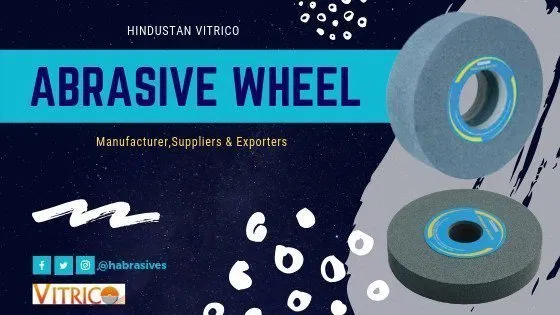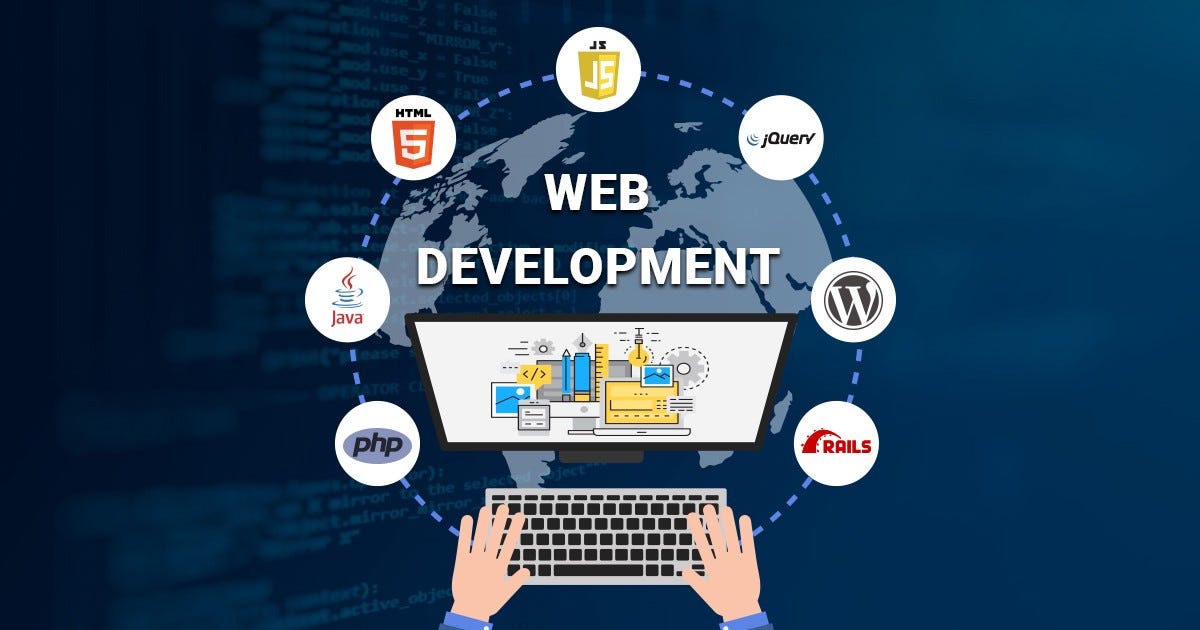The Power and Precision of Grinding Wheel Abrasives
Grinding wheel abrasives stand as the unsung heroes of machining, their significance often overlooked amidst the flurry of technological advancements. Yet, these seemingly simple tools hold the key to achieving precision, efficiency, and the desired finish across an array of industrial processes.
Understanding the Composition
At the core of these grinding wheels lie abrasive particles bound together by various materials. These abrasives come in diverse compositions, ranging from aluminum oxide to silicon carbide and diamond. Each composition presents unique characteristics, catering to specific materials and machining requirements.
Applications Across Industries
The versatility of grinding wheel abrasives is astonishing. In heavy industries like manufacturing and construction, these tools facilitate the shaping and finishing of robust materials such as steel and concrete. Simultaneously, in precision-based industries like electronics or medical device manufacturing, they delicately sculpt intricate components with utmost accuracy.
Precision in Action
Picture a grinding wheel in action: abrasive particles meticulously removing excess material from a workpiece with controlled precision. Whether it’s sharpening blades, smoothing surfaces, or reshaping components, the grind wheel abrasives operate as the sculptors of the industrial world, shaping raw materials into refined products.
Evolving Technologies
Advancements in materials science and engineering continuously refine these abrasives. Nanotechnology interventions have led to enhanced abrasives with superior strength, durability, and precision. The marriage of technology and tradition has birthed grinding wheel abrasives capable of meeting the evolving demands of modern industries.
Selecting the Right Abrasive
The art of machining lies in choosing the correct abrasive for the task at hand. Factors such as material hardness, desired finish, and the intensity of material removal guide the selection process. Engineers and craftsmen alike evaluate the abrasive’s grit, bonding material, and structure to ensure optimal performance.
Sustainable Practices
In an era of heightened environmental consciousness, the abrasive manufacturing industry has also taken strides toward sustainability. From using eco-friendly bonding agents to implementing recycling programs for used abrasives, efforts are underway to minimize the environmental impact of these essential tools.
The Future of Abrasives
Looking ahead, the trajectory of grinding wheel abrasives is promising. Innovations continue to push boundaries, integrating smart technologies for real-time monitoring of wheel performance and predictive maintenance. These developments aim to enhance operational efficiency and safety while reducing downtime.
Conclusion
Grinding wheel abrasives might appear mundane, but their significance reverberates throughout various industries. Their evolution from conventional materials to cutting-edge compositions mirrors the ever-evolving landscape of manufacturing and machining. As technology progresses, these humble yet indispensable tools will remain the backbone of precision and efficiency in industrial processes.






